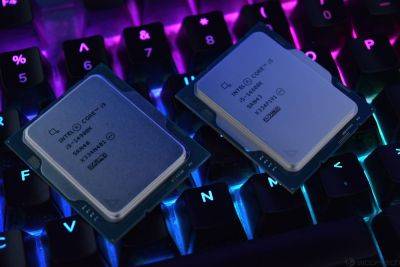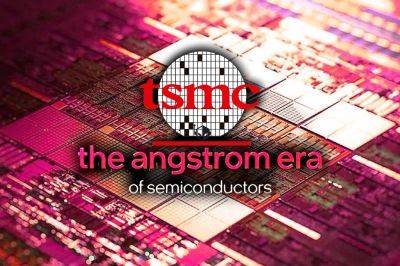iPhone 17 To Reportedly Miss Out On TSMC’s Cutting-Edge 2nm Process, A19 Pro To Likely Use More Advanced 3nm Node
Apple currently leverages TSMC’s 3nm process for several of its chipsets, and the company may stick to this manufacturing process for a few iPhone generations. According to the latest report, the iPhone 17 will not be the first lineup to sport an A-series SoC fabricated on the ultra-advanced 2nm node. This will mean that the A19 Pro that is expected in 2025 will retain the 3nm lithography, but it will not be the same technology, as you will soon find out.
Apple expected to use TSMC’s 3nm ‘N3P’ process for the A19 Pro, which will likely be found in the iPhone 17 Pro and iPhone 17 Pro Max
While TSMC is reportedly focused on increasing its 3nm wafer production to 100,000 units by the end of 2024, TrendForce states that the Taiwanese giant also wishes to expand its prospects for the 2nm process. As such, it is mentioned that the 2nm plant in Hsinchu’s Baoshan is proceeding steadily as expected, with another facility in Kaohsiung also gaining momentum. The first tool-in is expected by the end of the year, with the initial capacity of both plants said to be between 30,000 and 35,000 wafers.
The report mentions that by 2027, the combined capacity could reach 100,000 wafers. As for who will be TSMC’s first customer to obtain the initial 2nm chip batches, that will likely be Apple. Back in June 2023, we reported that trial production of the cutting-edge node had already started. However, the Cupertino firm will not utilize the technology this early, as the iPhone 16 Pro and iPhone 16 Pro Max are said to exclusively ship with the A18 Pro, Apple’s first 3nm SoC mass produced on TSMC’s second-generation ‘N3E’ process.
However, even next year, with the iPhone 17’s inception, the A19 Pro powering its innards could stick to a more advanced version of TSMC’s 3nm technology called ‘N3P.’ In 2026, when Apple unveils the iPhone 18 family, it may introduce its first 2nm silicon, but various factors will determine its materialization.
Apple has previously been reported to launch its







